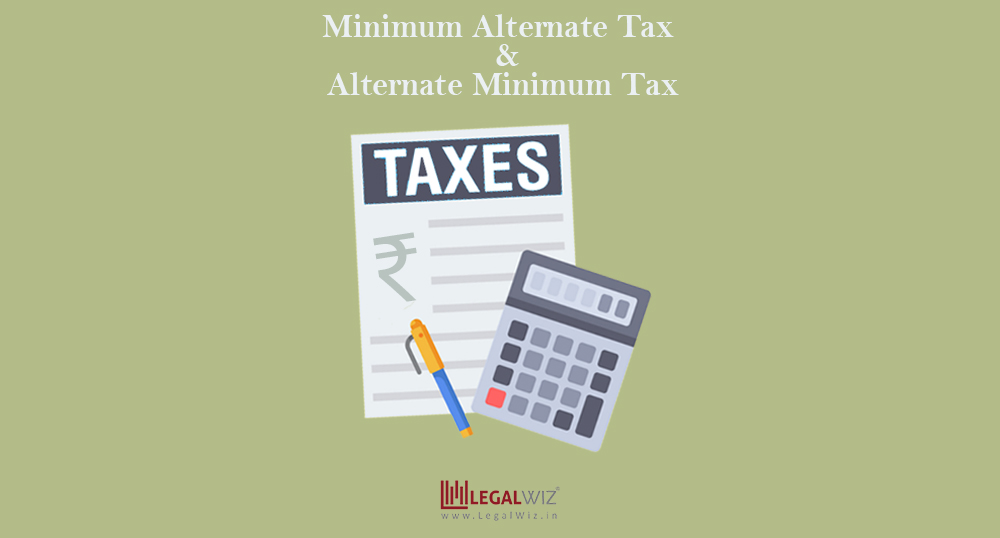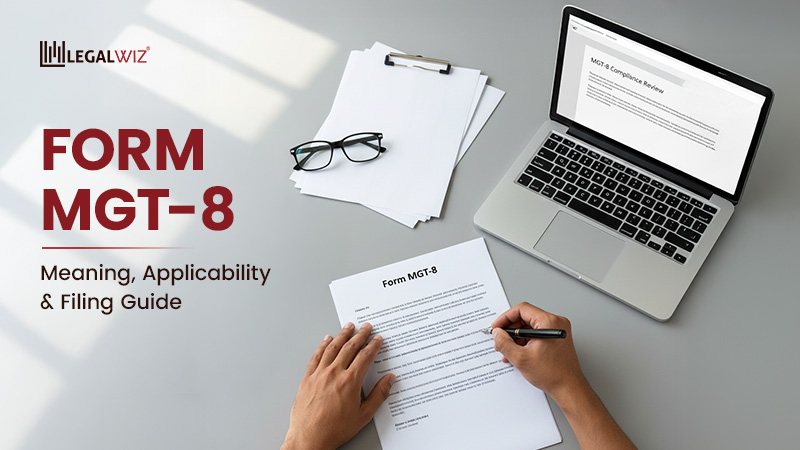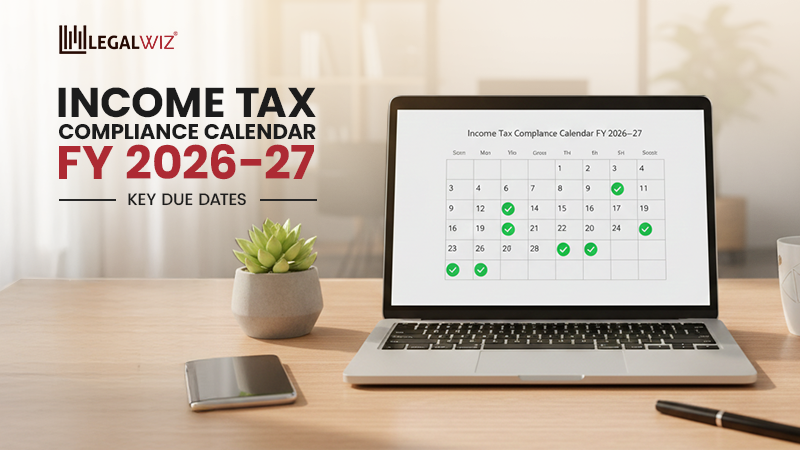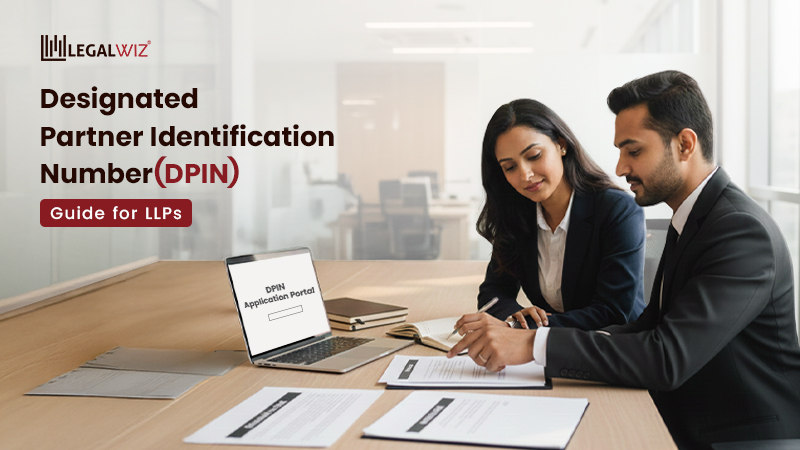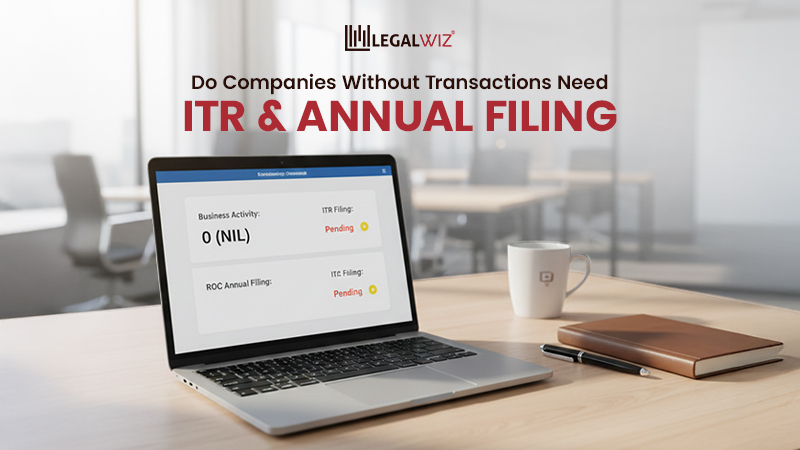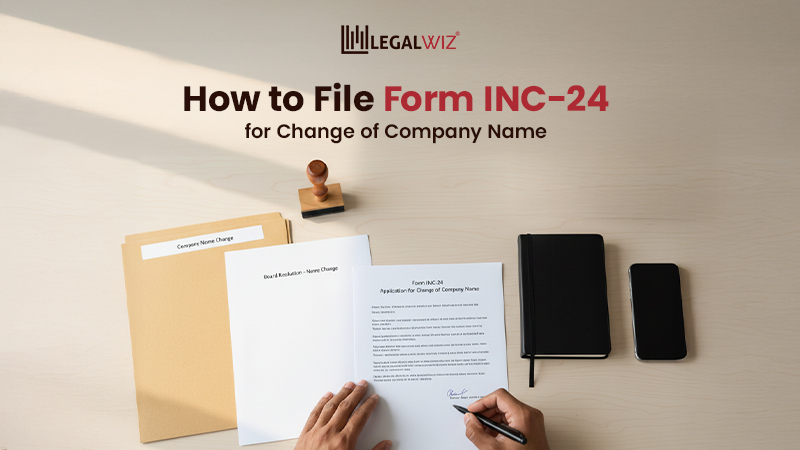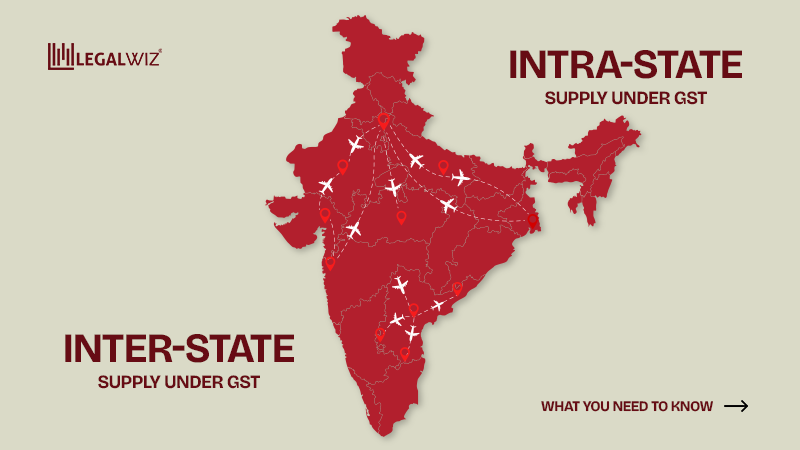Minimum Alternate Tax & Alternate Minimum Tax
The Income Tax Act, 1961, not only levies a tax on the income earned but also provides various deductions and exemptions from the earned income before levying tax. Some companies started taking advantage of these deductions and exemptions which led to either reduced tax liability or NIL tax liability. As a result, the number of zero tax-paying companies increased. This led to the introduction of MAT which aimed at bringing into the tax net all the zero tax companies which have huge profits, pay good dividends but do not pay tax. AMT was introduced later on.
MAT stands for “Minimum Alternate Tax” while AMT stands for “Alternate Minimum Tax”.
Let’s first see the differences between MAT and AMT:
| MAT | AMT |
| Tax levied on companies | Tax levied on entities other than companies |
| Not applicable on: Domestic companies covered u/s 115BAA or 115BAB of the Income Tax Act, 1961 [If the company opts for lower tax @22% applicable from A.Y. 2020-21, then it will not be able to set off MAT credit brought forward from previous years] Income of company from Life Insurance business u/s 115B of the Income Tax Act, 1961 Shipping company covered under tonnage taxation | Not applicable on: Individual/ HUF/ AOP/ BOI/ Artificial Juridical Person, if the adjusted total income does not exceed ₹ 20 lakhs |
| Tax rate- 15% (plus surcharge and cess applicable) on Book profit [9% (plus surcharge and cess applicable) in case of a company, being a unit of an International Financial Services Centre and deriving its income solely in convertible foreign exchange] | Tax rate- 18.5% (plus surcharge and cess applicable) on Adjusted total income [9% (plus surcharge and cess applicable) in case of a non-corporate taxpayer being a unit located in International Financial Services Centre and deriving its income solely in convertible foreign exchange] |
| When is MAT levied? When the income tax (plus surcharge and cess) calculated on total income computed as per Income Tax Act provisions, is less than 15% of book profit + surcharge + cess | When is AMT levied? When the income tax (plus surcharge and cess) calculated on total income computed as per Income Tax Act provisions, is less than 18.5% of the adjusted total income + surcharge + cess |
| Concept of MAT credit- A company has to pay higher of normal tax liability or MAT liability. Hence, the tax paid over and above the normal tax liability in case of MAT is allowed as a credit in future years. MAT credit= MAT liability – Normal tax liability | Concept of AMT credit- Person other than a company has to pay higher of normal tax liability or AMT liability. Hence, the tax paid over and above the normal tax liability in case of AMT is allowed as a credit in future years. AMT credit= AMT liability – Normal tax liability |
| How to avail and utilize MAT credit? Carry forward MAT credit to coming years and set off the brought forward credit in the year in which the normal tax liability is more than the MAT liability. Amount to be set off= Normal liability for that year – MAT liability for that year The MAT credit remaining after set-off can be further carried forward to coming years | How to avail and utilize AMT credit? Carry forward AMT credit to coming years and set off the brought forward credit in the year in which the normal tax liability is more than the AMT liability. Amount to be set off= Normal liability for that year – AMT liability for that year The AMT credit remaining after set-off can be further carried forward to coming years |
| MAT credit can be carried forward for 15 years. It will lapse after this period | AMT credit can be carried forward for 15 years. It will lapse after this period |
| Report- Company covered under MAT provisions is required to obtain a report from a Chartered Accountant in practice in Form-29B, whereby it is certified that book profit calculated for MAT is in accordance with Section 115JB of the Income Tax Act, 1961. The report should be obtained on or before the due date of filing Income Tax Return | Report- Person covered under AMT provisions is required to obtain a report from a Chartered Accountant in practice in Form-29C, whereby it is certified that adjusted total income calculated for AMT and AMT liability is in accordance with Section 115JC of the Income Tax Act, 1961. The report should be obtained on or before the due date of filing Income Tax Return |
Computation of Book Profit for the purpose of MAT:
“Book Profit” for the purposes of section 115JB of the Income Tax Act, 1961, means;
Net profit as shown in the statement of profit and loss prepared in accordance with Schedule III to the Companies Act, 2013 as increased and decreased by certain items prescribed in this regard. Following are the major adjustments to the net profit:
1. Increase (if debited to P&L account)
- Income-tax paid/payable and the provision thereof.
- Amounts carried to any reserves except those specified under Section 33AC.
- Provisions for unascertained liabilities.
- Amount of depreciation debited to P&L account.
- Provisions for losses of subsidiary companies.
- Dividends paid/proposed.
- Expenditure related to incomes which are exempt under Sections 10, 11 and 12 but excluding those under Section 10(38).
- Deferred tax and the provision thereof.
- Provision for diminution in the value of any asset.
- The amount standing in revaluation reserve relating to a revalued asset on the retirement or disposal of such an asset if not credited to statement of profit and loss.
2. Decrease (if credited to P&L account)
- Amount withdrawn from any reserve or provisions.
- Incomes which are exempt under sections 10, 11 and12, but excluding those under section10(38).
- Amount of depreciation debited to statement of profit and loss (excluding the depreciation on revaluation of assets).
- The amount is withdrawn from revaluation reserve to the extent it does not exceed the amount of depreciation on revaluation of assets.
- Amount of brought forward loss or unabsorbed depreciation, whichever is less as per books of account (in case of a company other than the company undergoing insolvency proceedings).
- Deferred tax, if credited to the statement of profit and loss.
Computation of “Adjusted Total Income” for the purpose of AMT:
| Particulars | Amount |
| Taxable income of the taxpayer | XXX |
| ADD: Amount of deduction claimed under section 80H to 80RRB (except 80P) | XXX |
| ADD: Amount of deduction claimed under section 35AD (as reduced by the amount of depreciation allowable in accordance with the provisions of section 32) | XXX |
| ADD: Amount of deduction claimed under section 10AA | XXX |
| Adjusted Total Income | XXX |

CA Saba Naaz
CA in practice, Partner at S. Saraf & Associates, Gurugram, also a blogger at indiantaxhub.blogspot.com. I am passionate about sharing knowledge by writing articles for students and professionals both. I deal in income tax, GST, corporate compliances, audit and accountancy.
